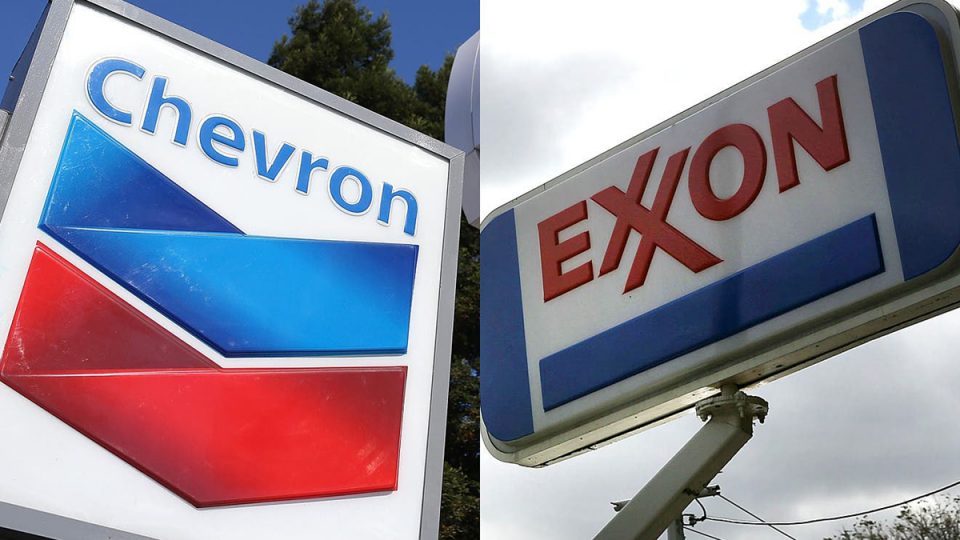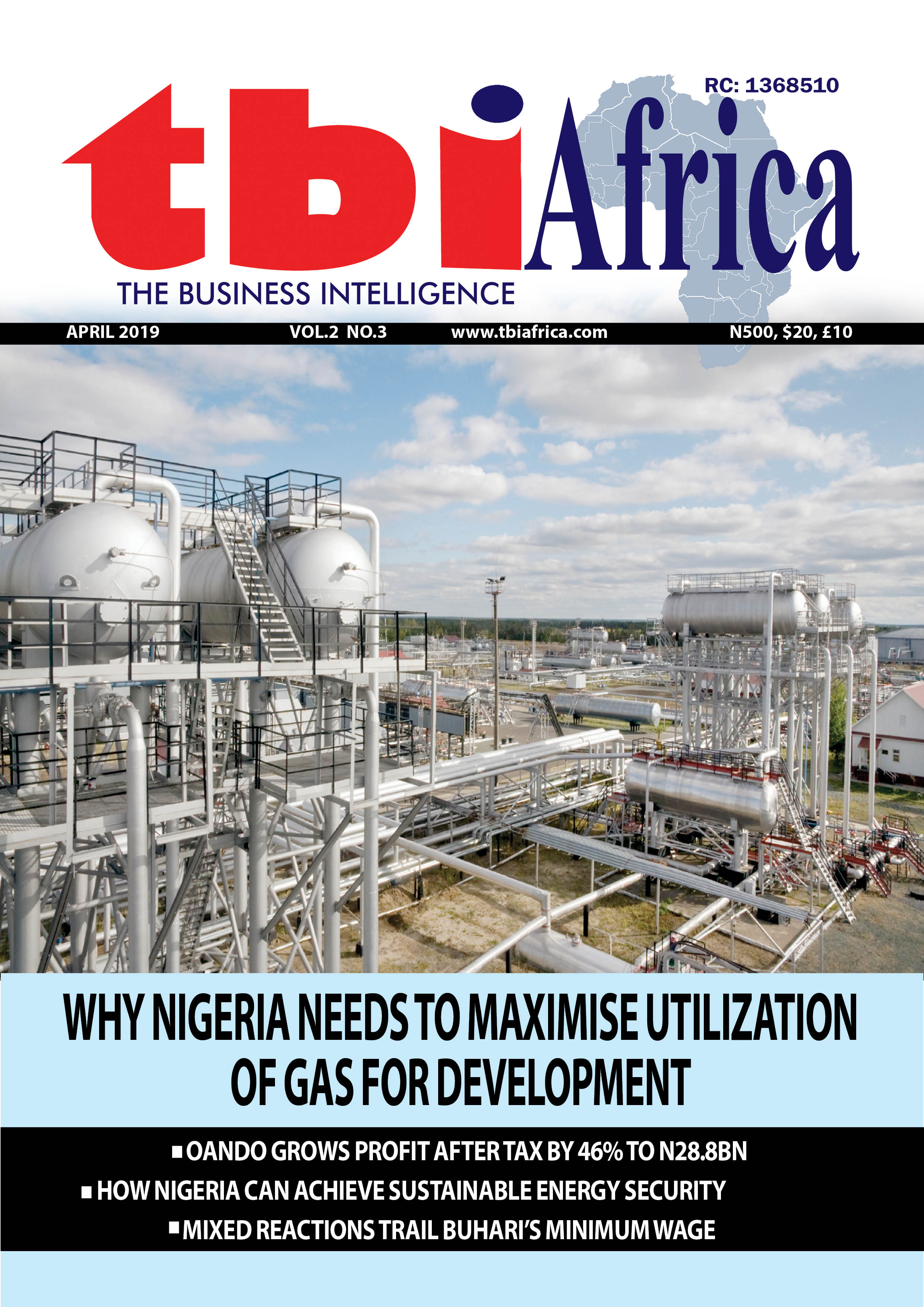Photo caption: Chevron and ExxonMobil logos
Chevron’s bid to buy Hess’s stake in the Guyana projects is being challenged by Exxon and CNOOC.
This week, a private arbitration panel in London began hearing the arguments of U.S. supermajors ExxonMobil and Chevron regarding their rights to one of the world’s most lucrative oil projects.
Both Chevron and Exxon have expressed confidence in their right to pursue Hess’s stake in Guyana.
This week, a private arbitration panel in London began hearing the arguments of U.S. supermajors ExxonMobil and Chevron regarding their rights to one of the world’s most lucrative oil projects.
Guyana’s Stabroek block has an estimated 11 billion barrels of oil in place discovered so far by the consortium of ExxonMobil, U.S. Hess Corp, and CNOOC of China. The high-volume, low-cost development offshore the South American country, which started production just five years ago, is already pumping more than 660,000 barrels per day (bpd) of crude. Exxon is the operator of the block with a 45% stake. Hess holds 30%, and CNOOC has the remaining 25% stake.
The Dispute
But in 2023, Chevron proposed a $53-billion deal to buy Hess Corp and thus take Hess’s assets in the Bakken in North Dakota and the 30% stake in Guyana’s offshore oil field—a top-performing asset with the potential to yield even more barrels and billions of U.S. dollars for the project’s partners.
Production capacity in Guyana is expected to surpass 1.7 million barrels per day, with gross production growing to 1.3 million barrels per day by 2030, Exxon says. Guyana is now the third-largest per-capita oil producer in the world, according to the U.S. supermajor.
Proceeds for the consortium are also rising with growing production, even at current oil prices, because the Guyana Stabroek block is estimated to have a breakeven oil price of about $30 per barrel.
Chevron’s bid to buy Hess’s stake in the Guyana projects is being challenged by Exxon and CNOOC, who claim they have a right of first refusal for Hess’s stake under the terms of a joint operating agreement (JOA) for the Stabroek block. Hess and Chevron claim the JOA doesn’t apply to a case of a proposed full corporate merger.
And so, the dispute went to arbitration, and the once amicable relationship between Exxon and Chevron’s top executives has vanished, sources tell The Wall Street Journal.
The arbitration initiated by Exxon and CNOOC has delayed the closing of Chevron’s bid to buy Hess by more than 18 months. There is a very good chance that the matter will be resolved – either in favor of Chevron or Exxon – by the end of the year. The three-judge arbitration panel began hearings on Monday behind closed doors. The panel is expected to rule within 90 days from the end of the hearings, so the fate of Chevron’s $53-billion acquisition of Hess could be clear by August or September this year.
The Prize
While Chevron’s deal to buy Hess has stalled, ExxonMobil finalized the $60-billion acquisition of Pioneer Natural Resources, which boosted Exxon’s presence in the Permian. It was growth in the Permian and offshore Guyana that helped Exxon beat analyst estimates in its Q1 earnings.
Both Chevron and Exxon have expressed confidence in their right to pursue Hess’s stake in Guyana. However, Chevron has much more to lose than Exxon if it loses the arbitration.
The outcome of the arbitration likely depends on the panel’s interpretation of several words in the joint operating agreement in its part of pre-emptive rights, sources close to the process have told the Financial Times.
The stakes in this case couldn’t be higher for Chevron, which is looking to gain a foothold in a very profitable offshore basin that is set to boost oil production exponentially over the coming years.
Chevron is betting on the multi-billion acquisition of Hess to boost its assets with high-quality Guyana acreage, where billions of barrels of oil equivalent have been discovered.
Chevron’s reserves replacement ratio has declined in recent years, and its oil and gas reserves have now reached the lowest level in at least a decade, according to a Reuters analysis.
During the past 10-year period, Chevron’s reserves replacement ratio was 88%, it said at the Q4 earnings call in January.
A ratio below 100% means that Chevron is depleting reserves faster than it can replace them.
So far this year, Chevron has expanded production in Kazakhstan and started up production at the Ballymore oil project in the U.S. Gulf of Mexico.
But it is betting on Guyana for a high-volume, high-profits development.
In 2023, ExxonMobil, Hess, and CNOOC booked a combined $6.33 billion in net profit for their joint oil operations offshore Guyana, according to Guyanese government data. Hess’s share was $1.88 billion of this income—and that was before the start-up of new offshore production platforms after 2023. The combined net margin of the Stabroek block co-venturers was 56% in 2023, higher than Nvidia’s 49% net margin.
The Stabroek block co-venturers are expected to gain as much as $182 billion over the next 15 years from Guyana’s oilfields, per Wood Mackenzie estimates cited by FT.
“Guyana is one of the most prized oil and gas projects on the planet,” Wood Mackenzie analyst Luiz Hayum told FT.
“It was developed in record time, provides comparatively low-emissions oil at a break-even price that is below $30 a barrel, which makes it super profitable.”
=== Oilprice.com ===



